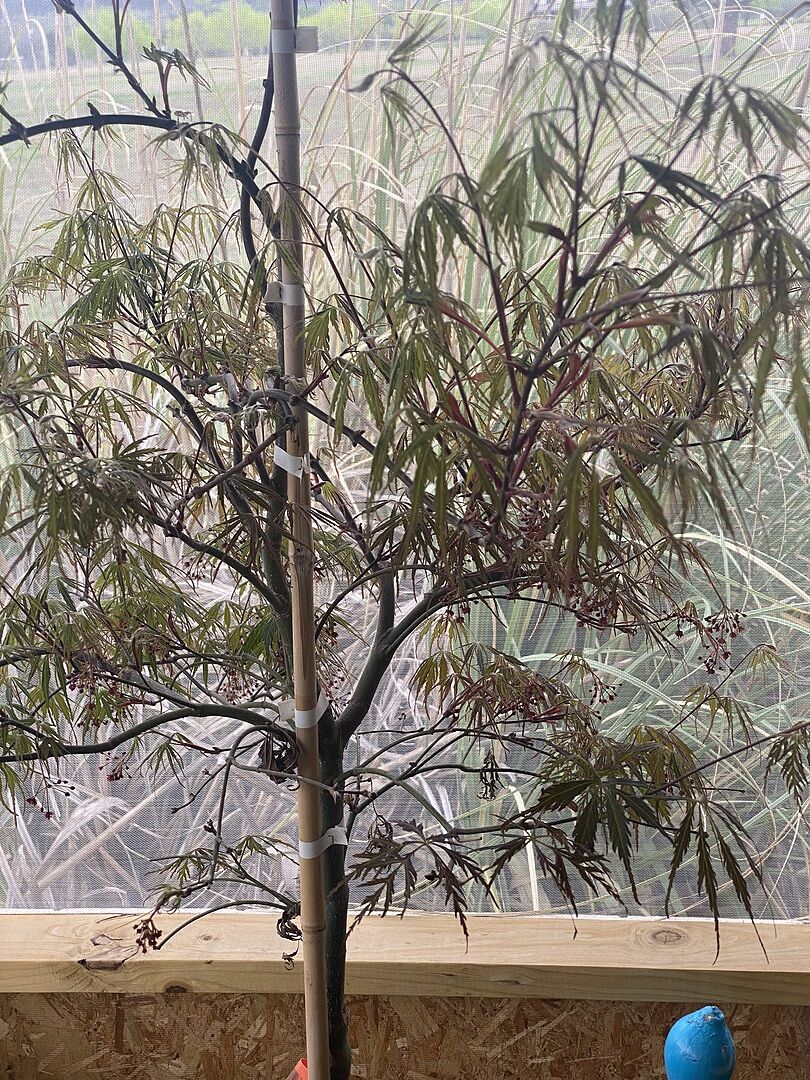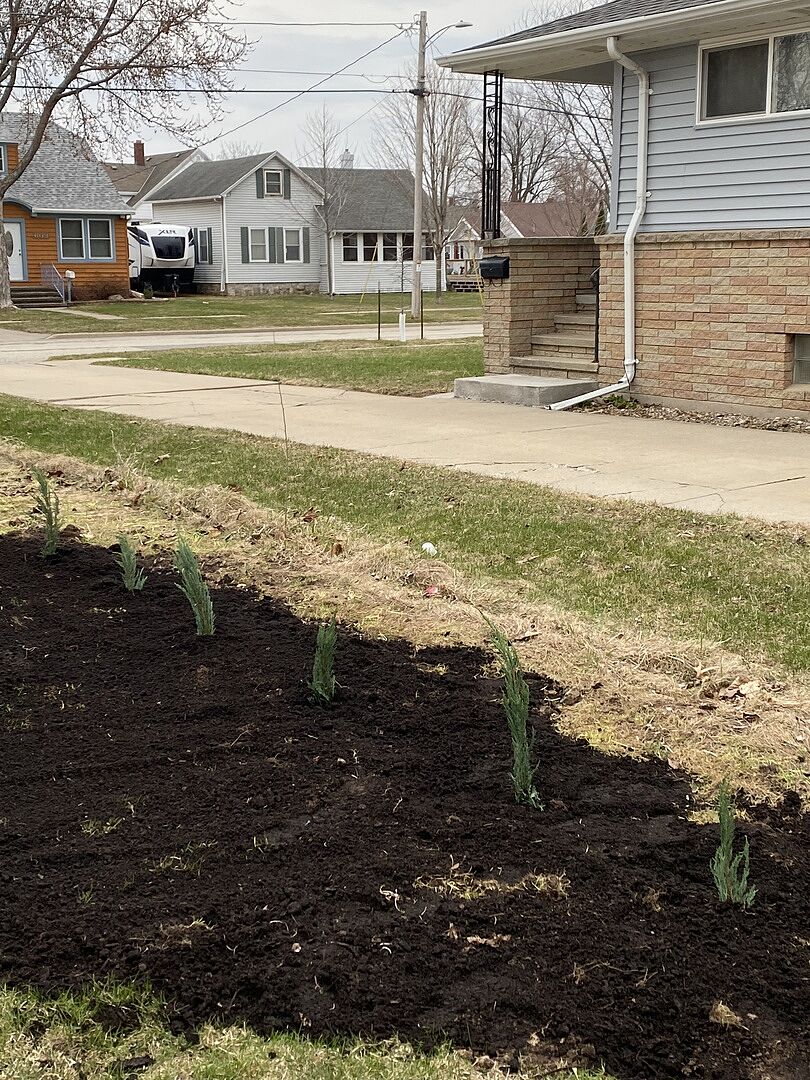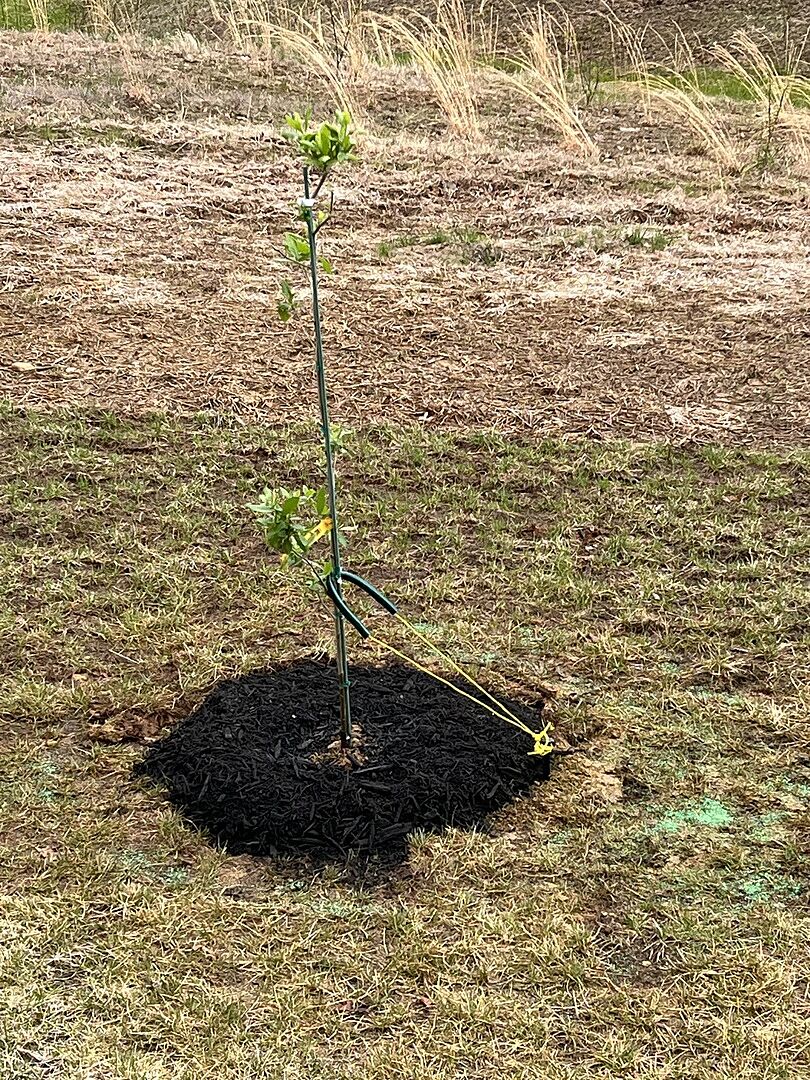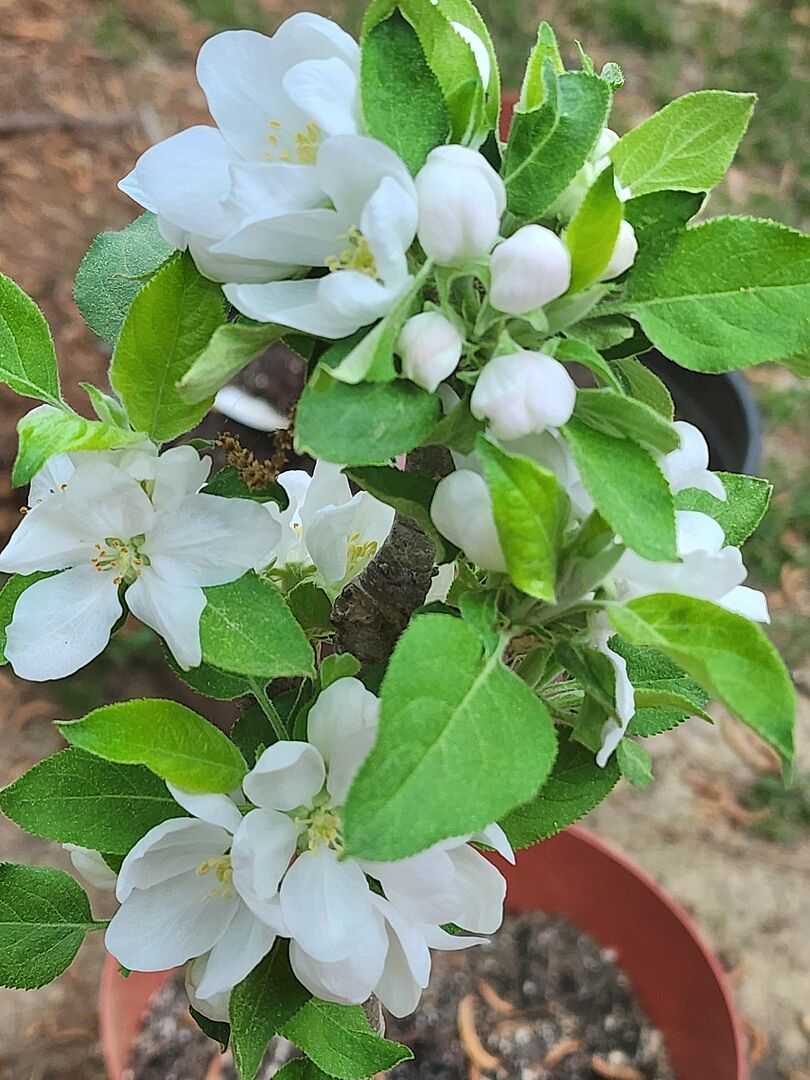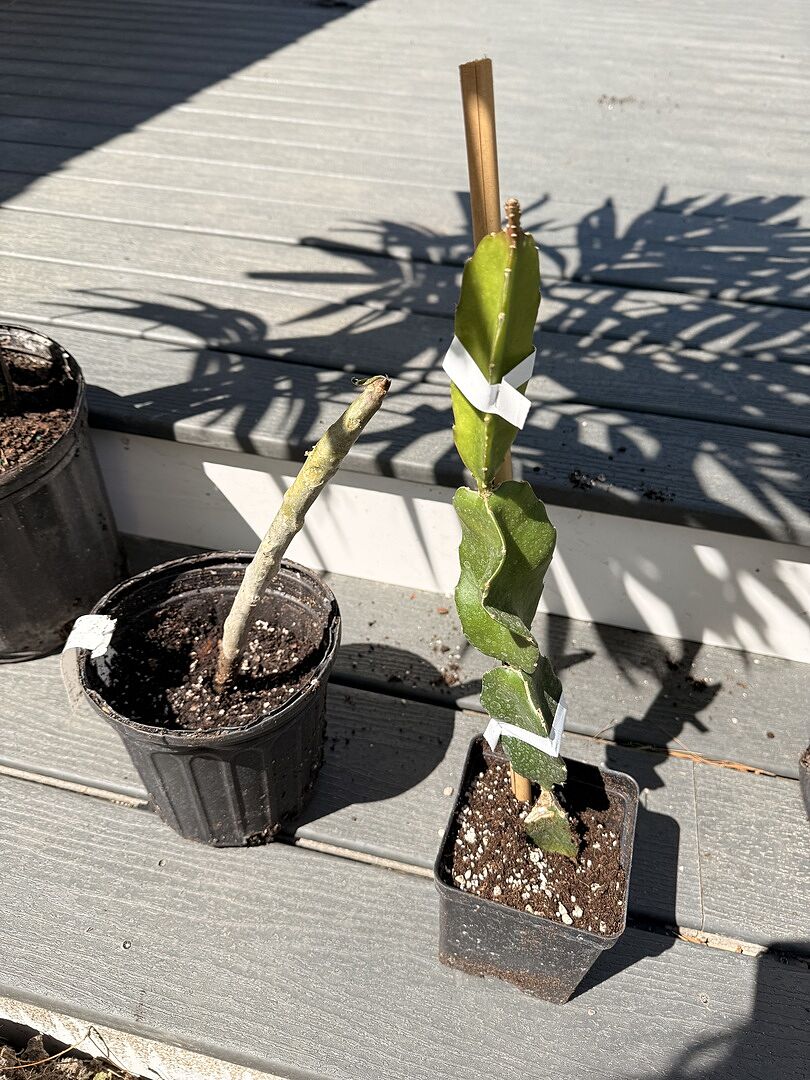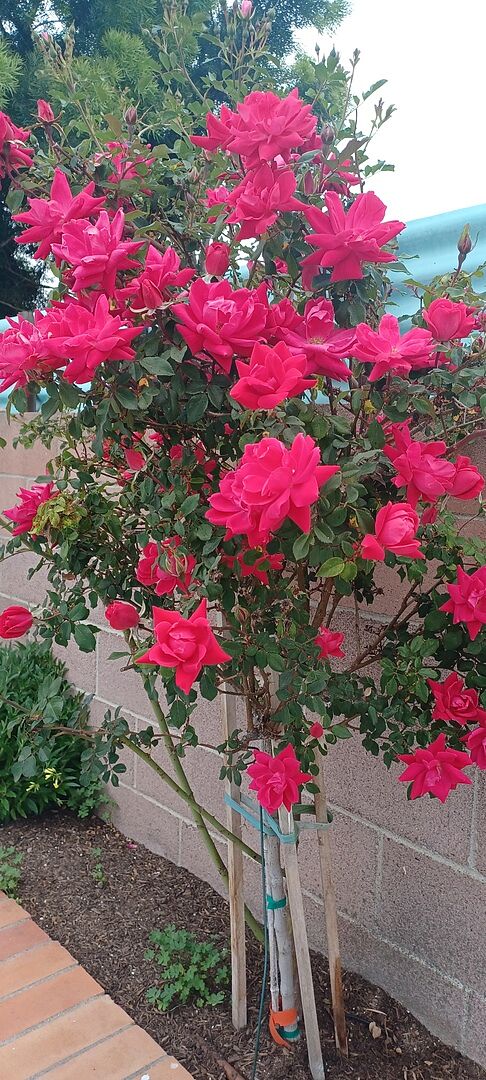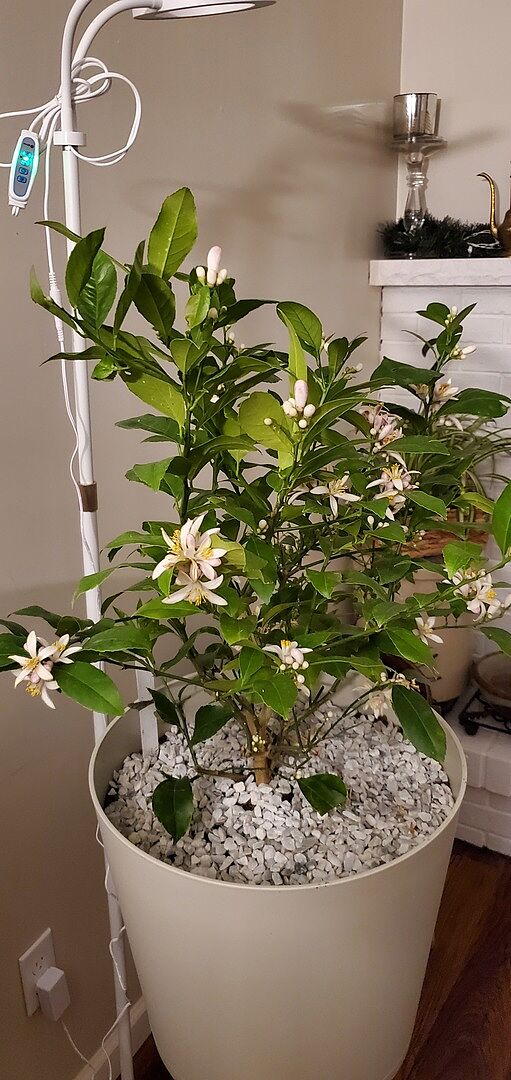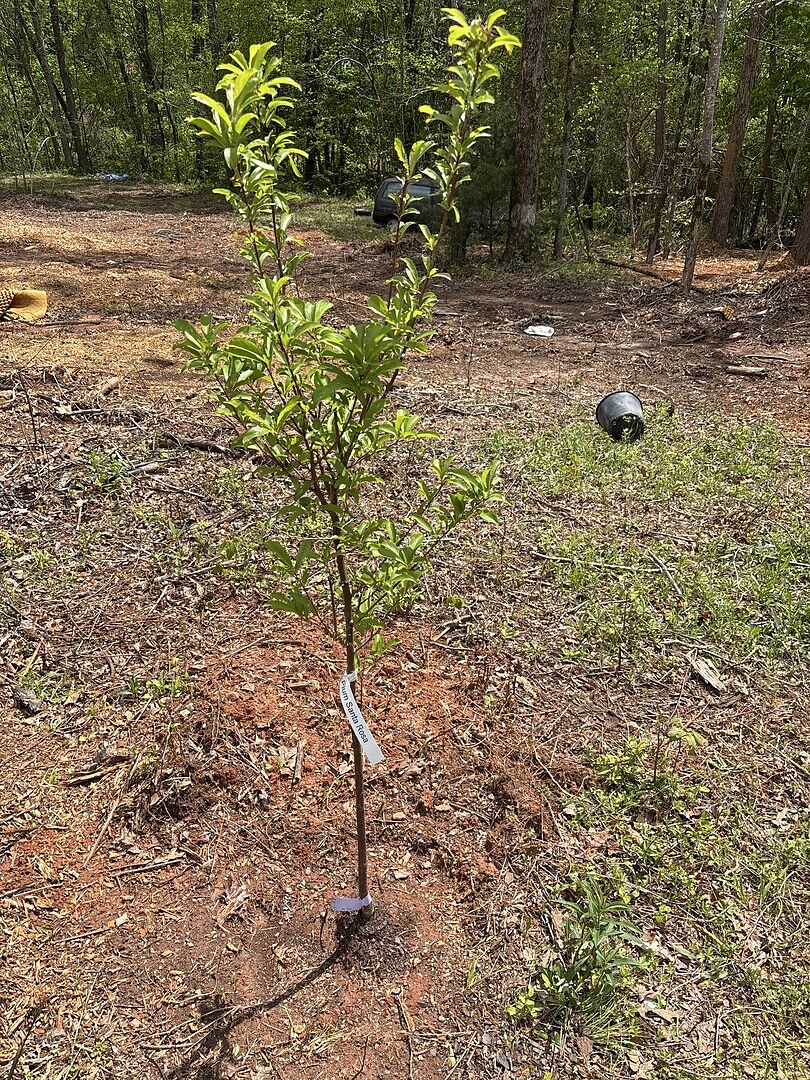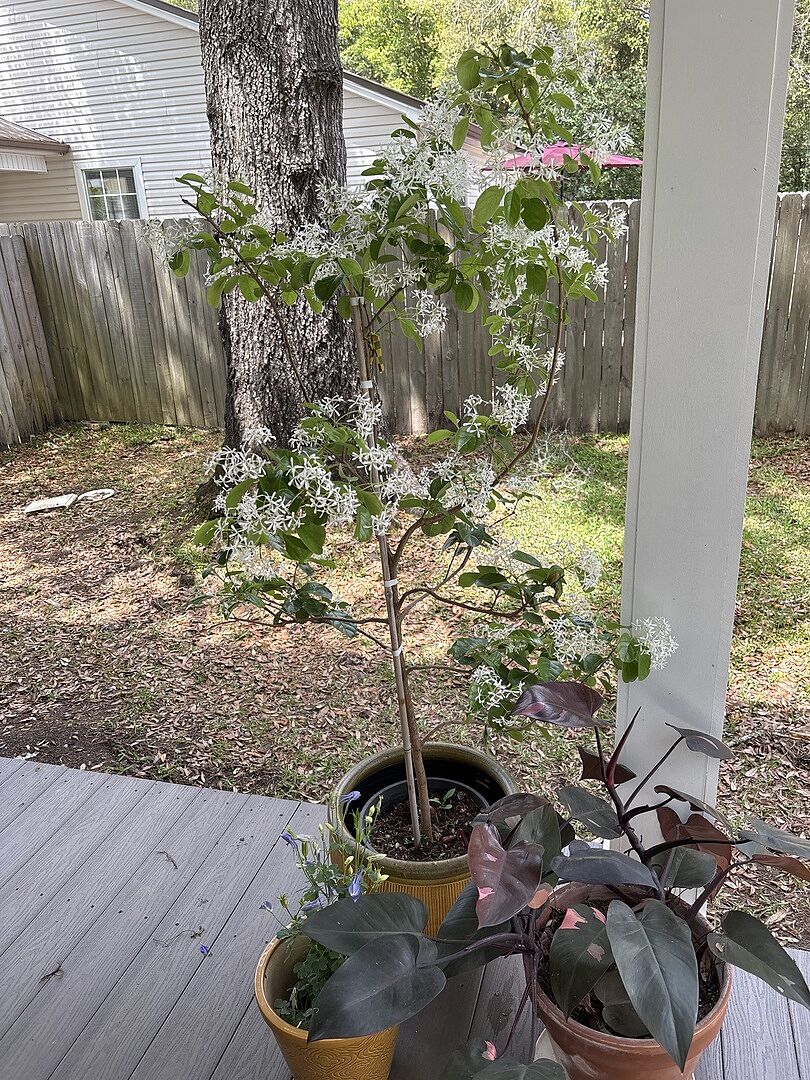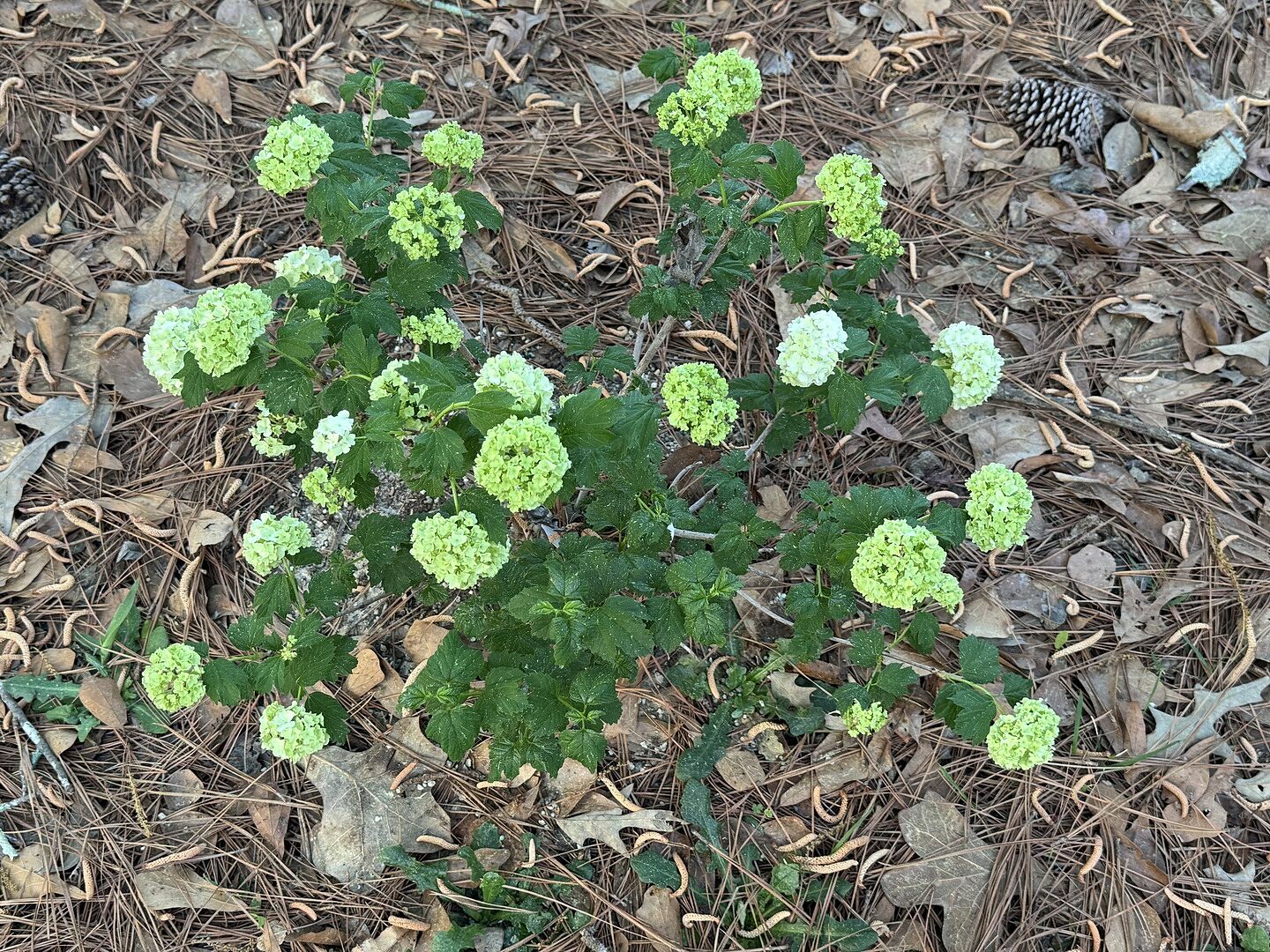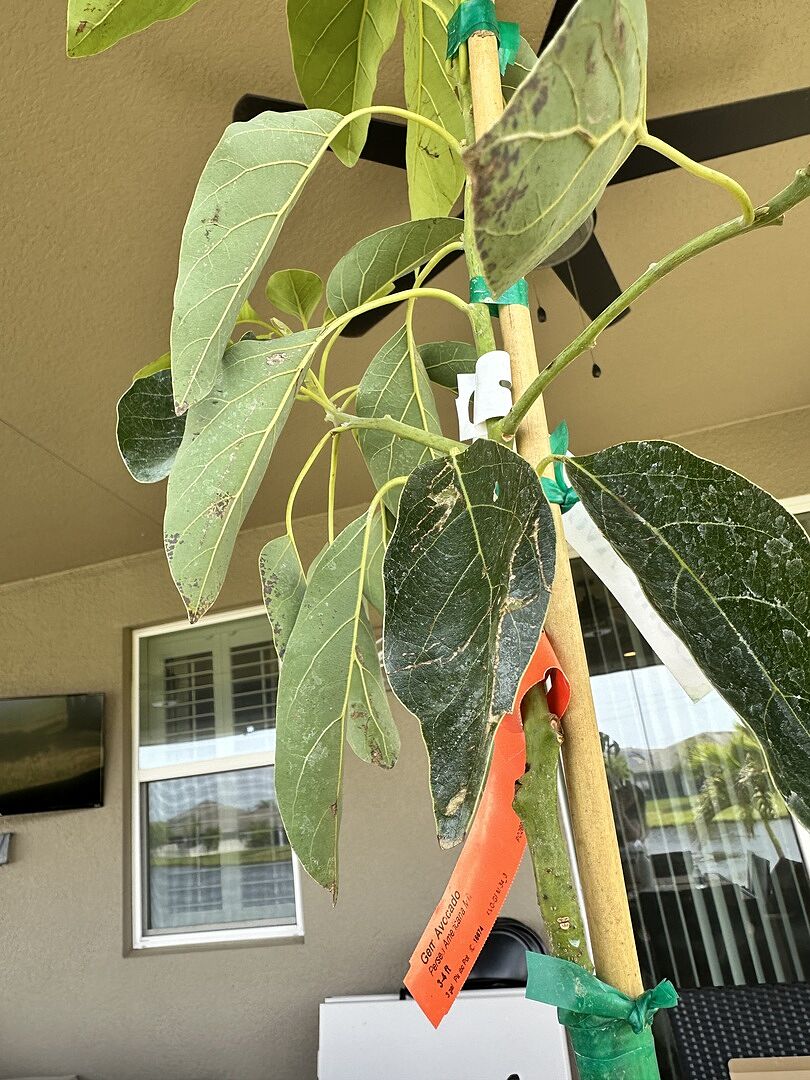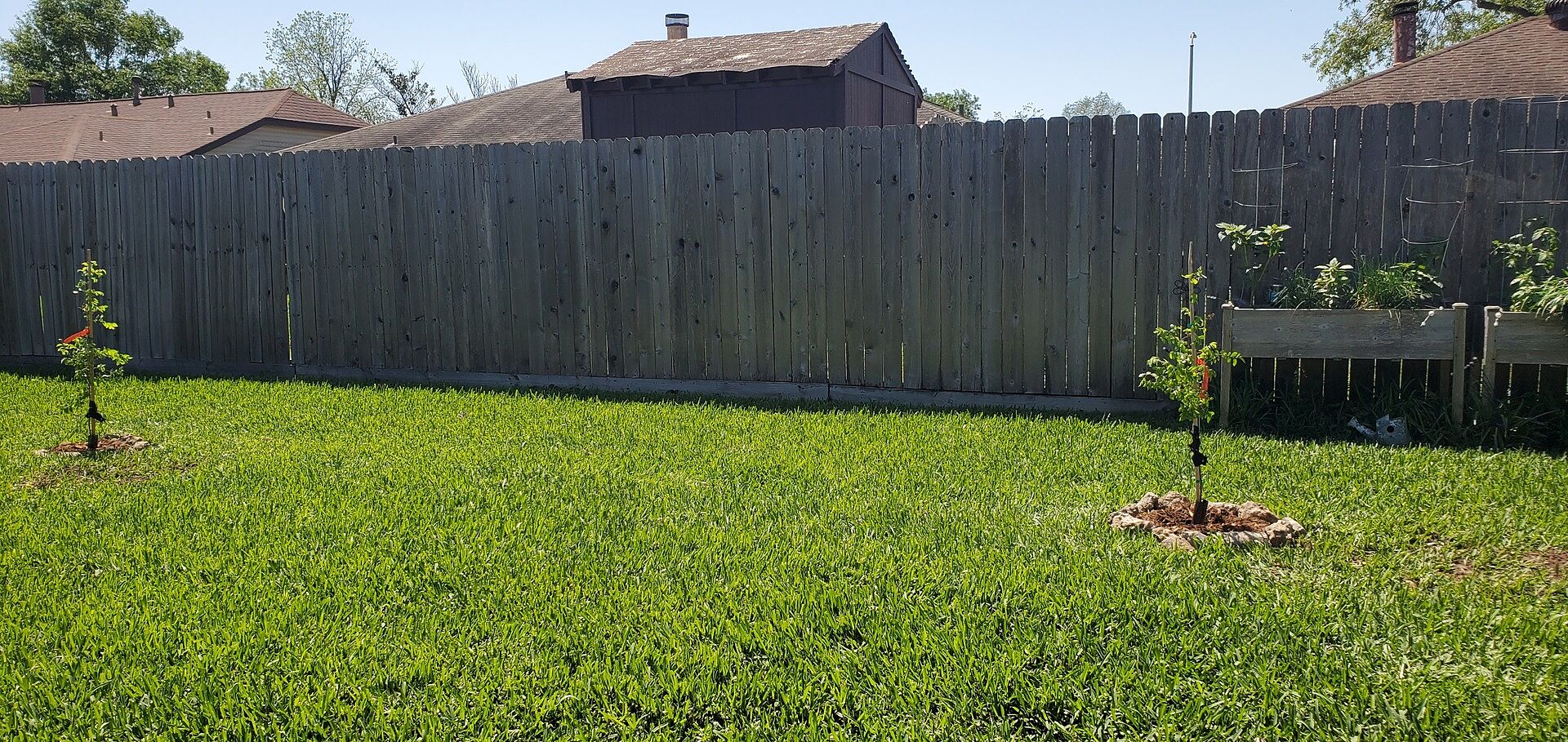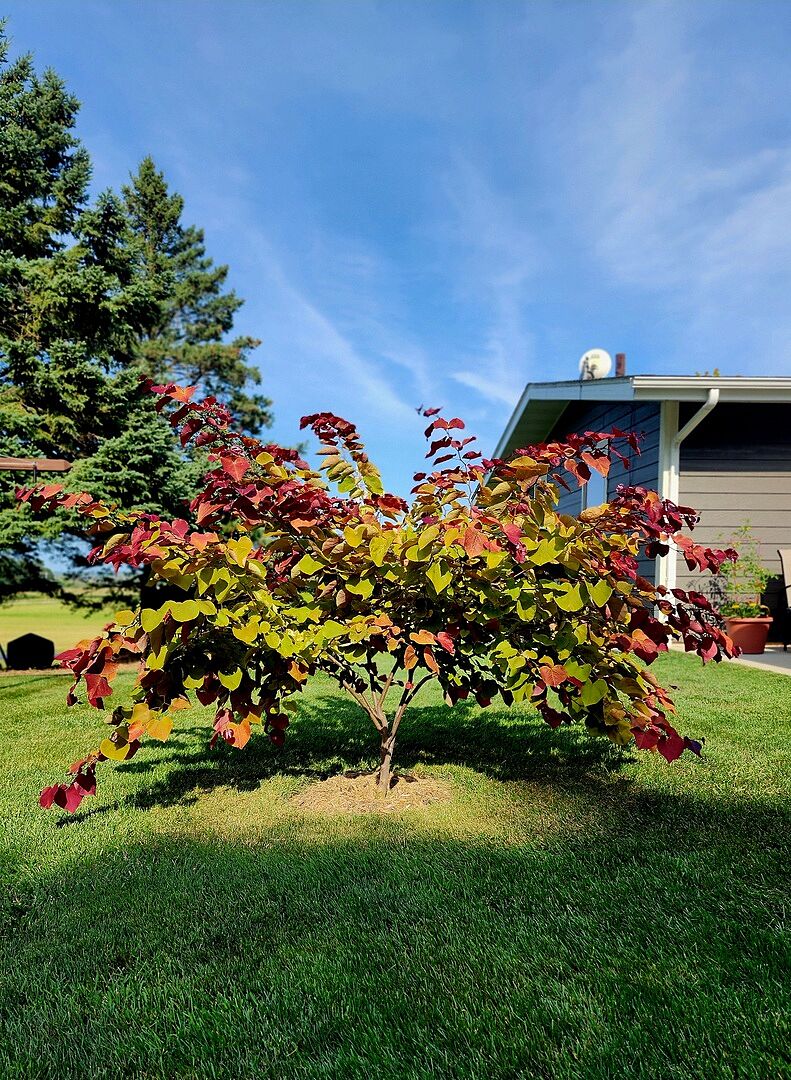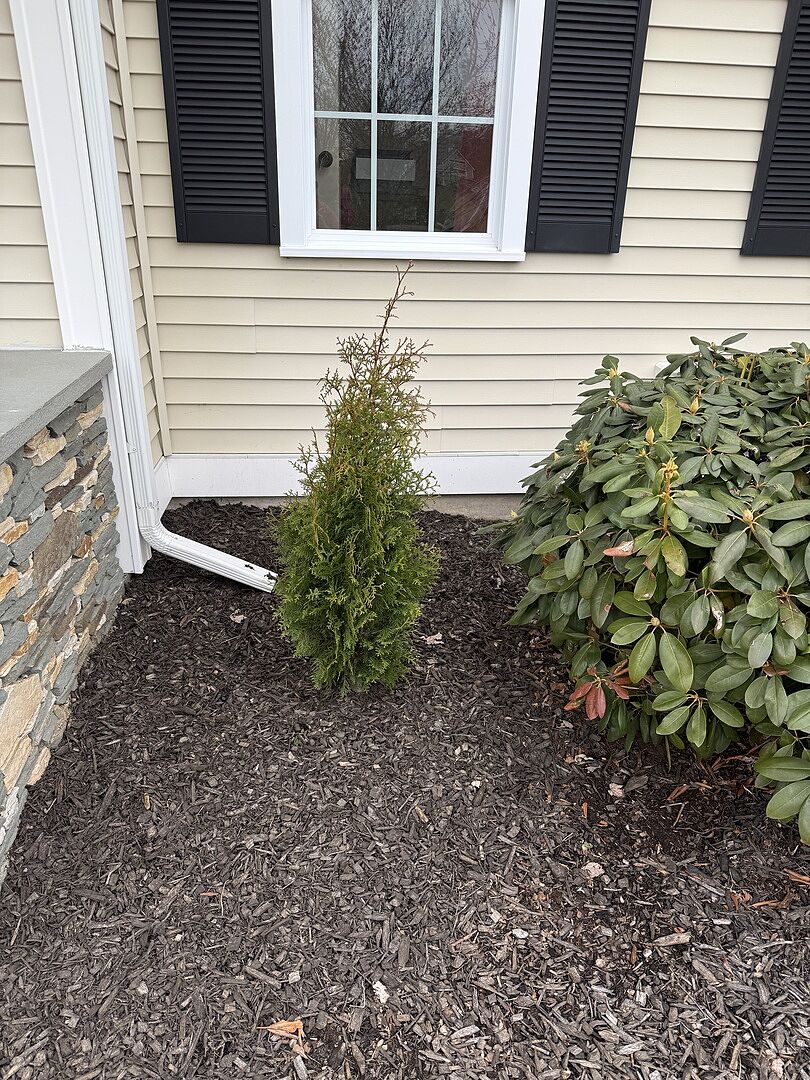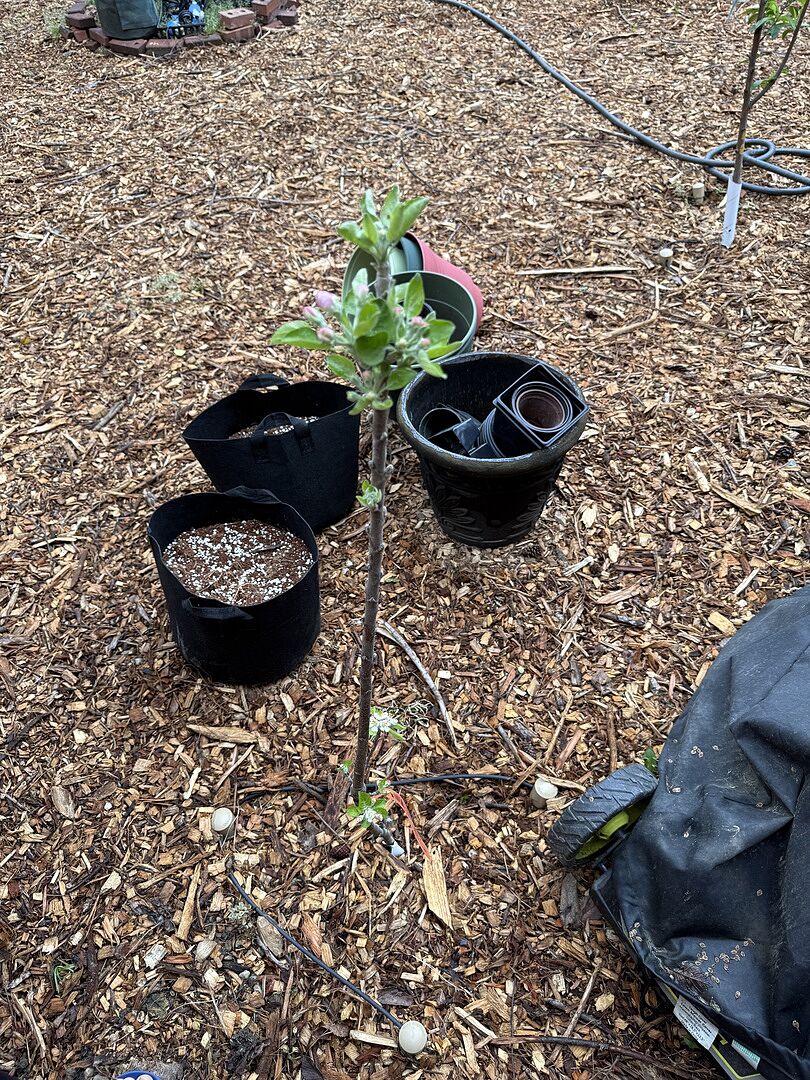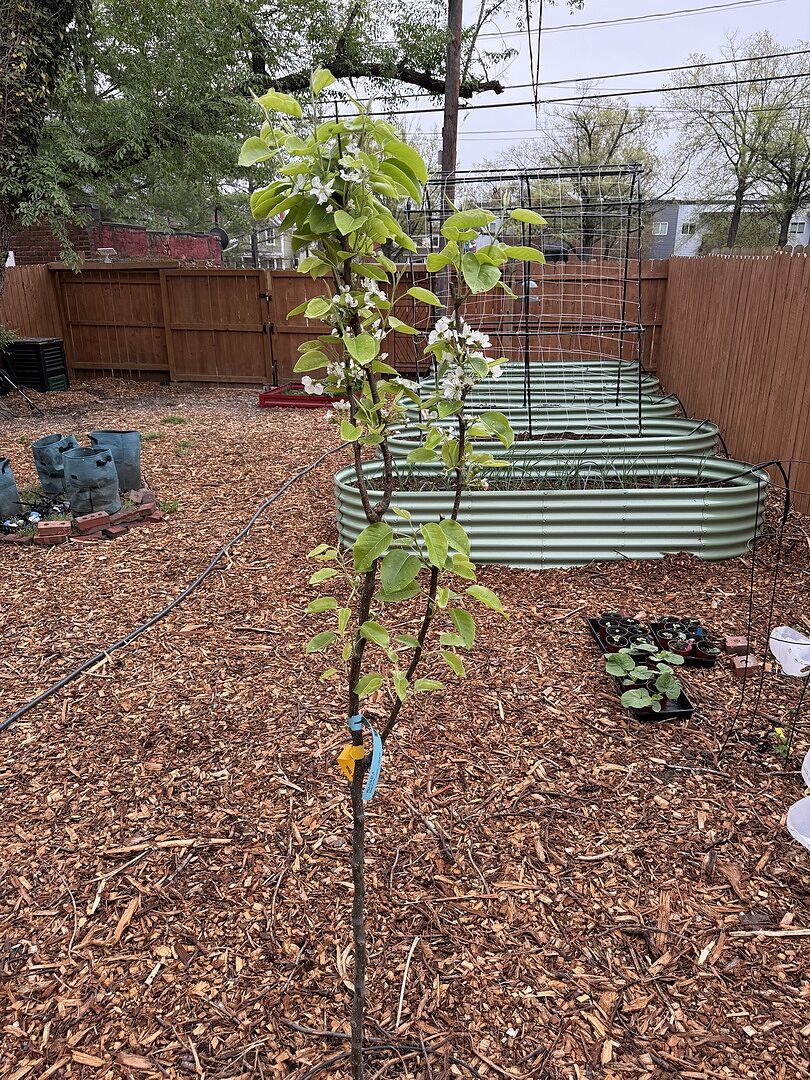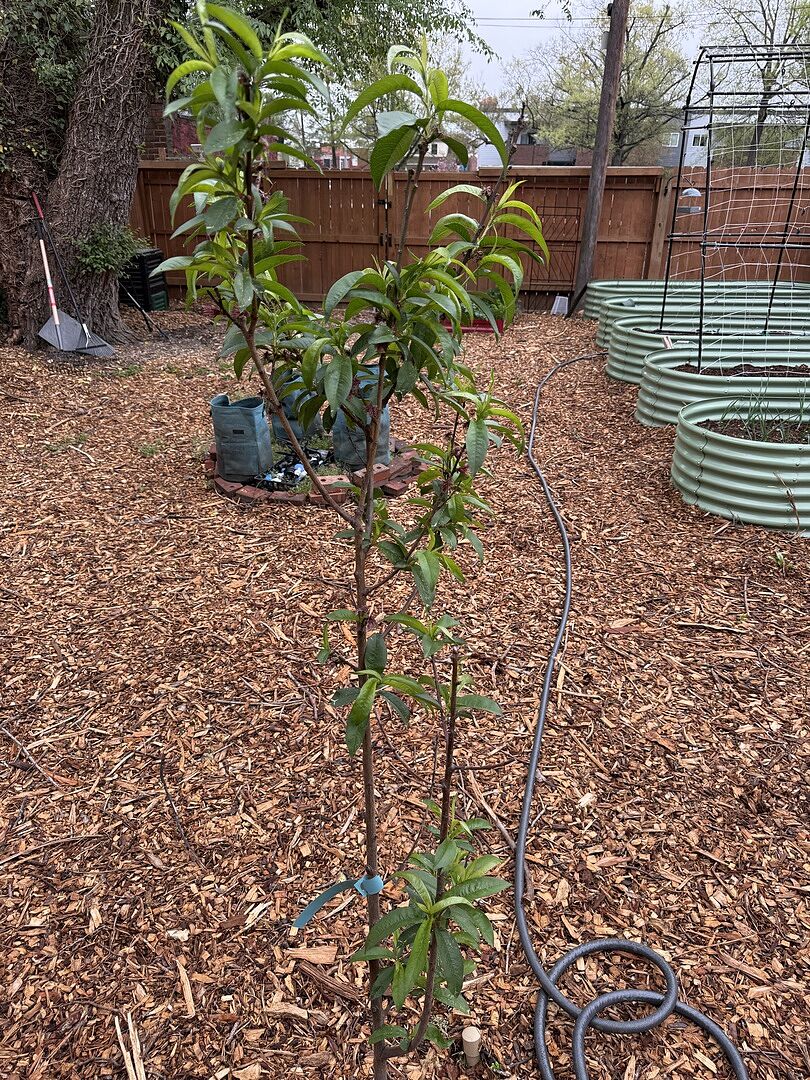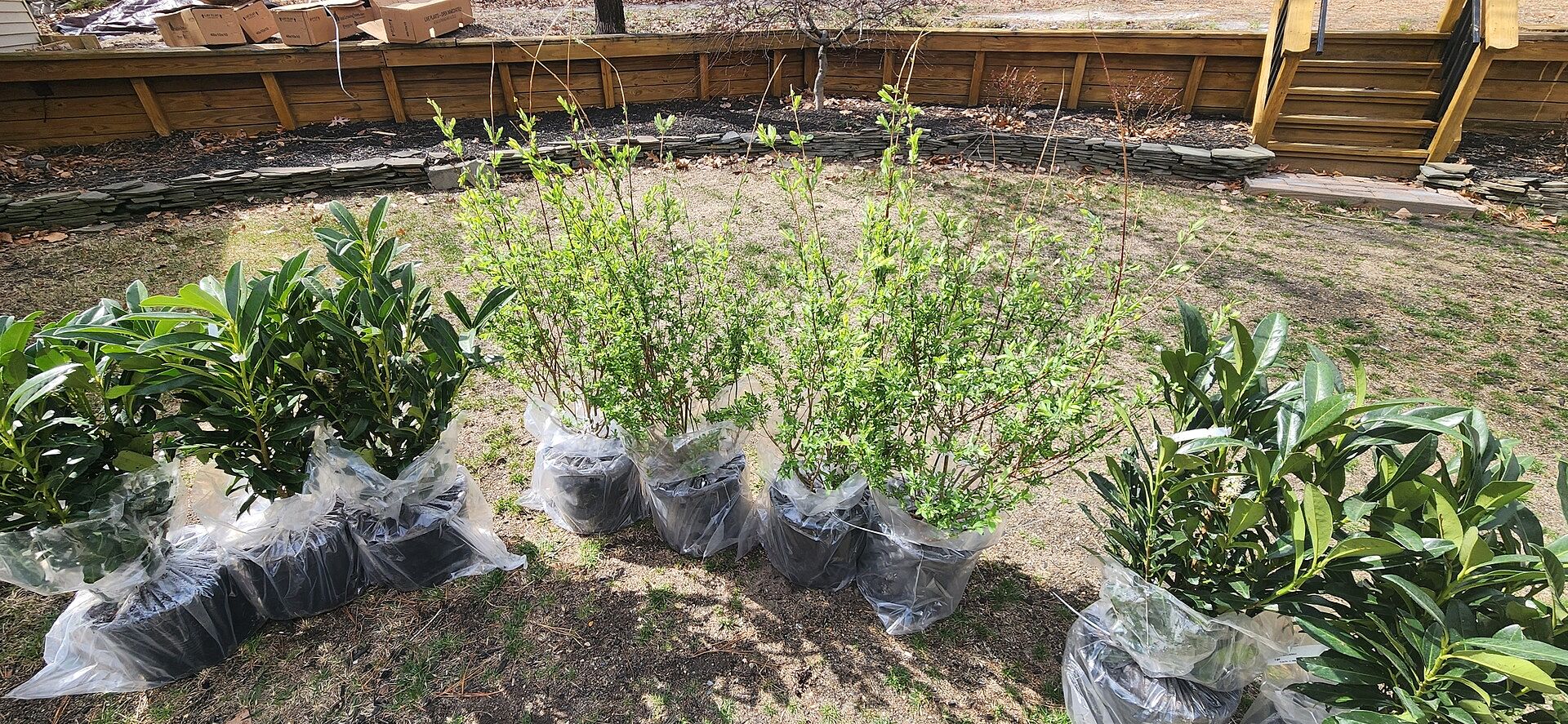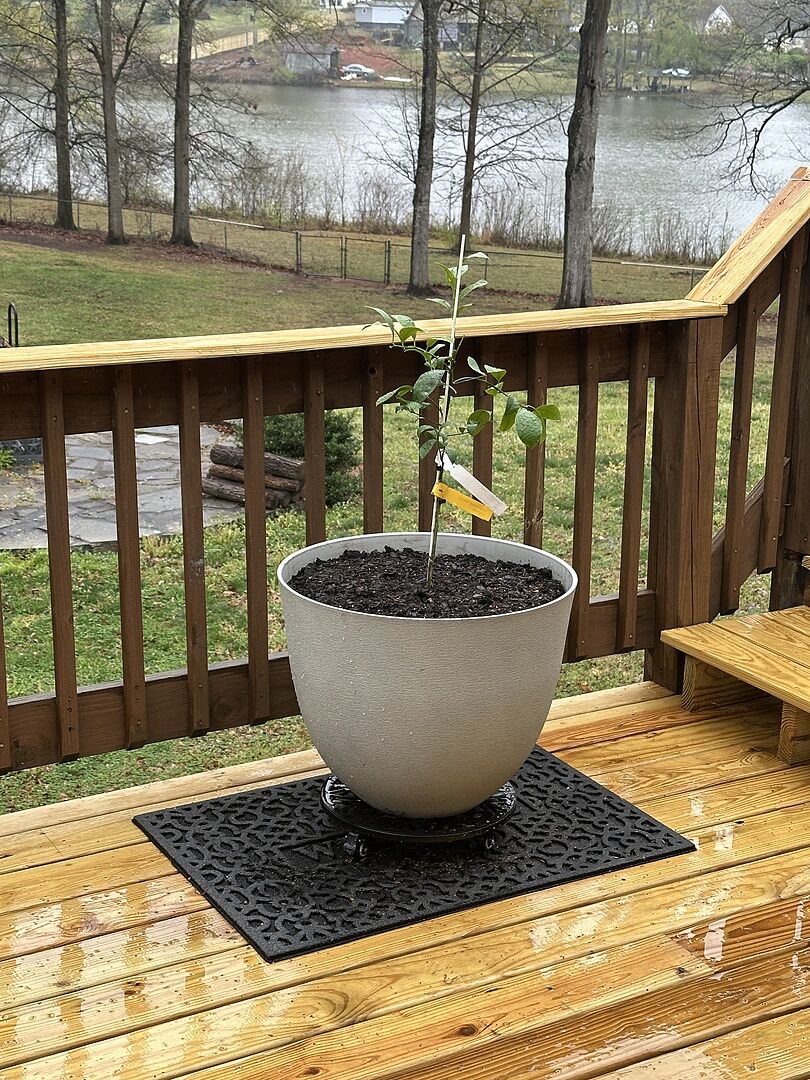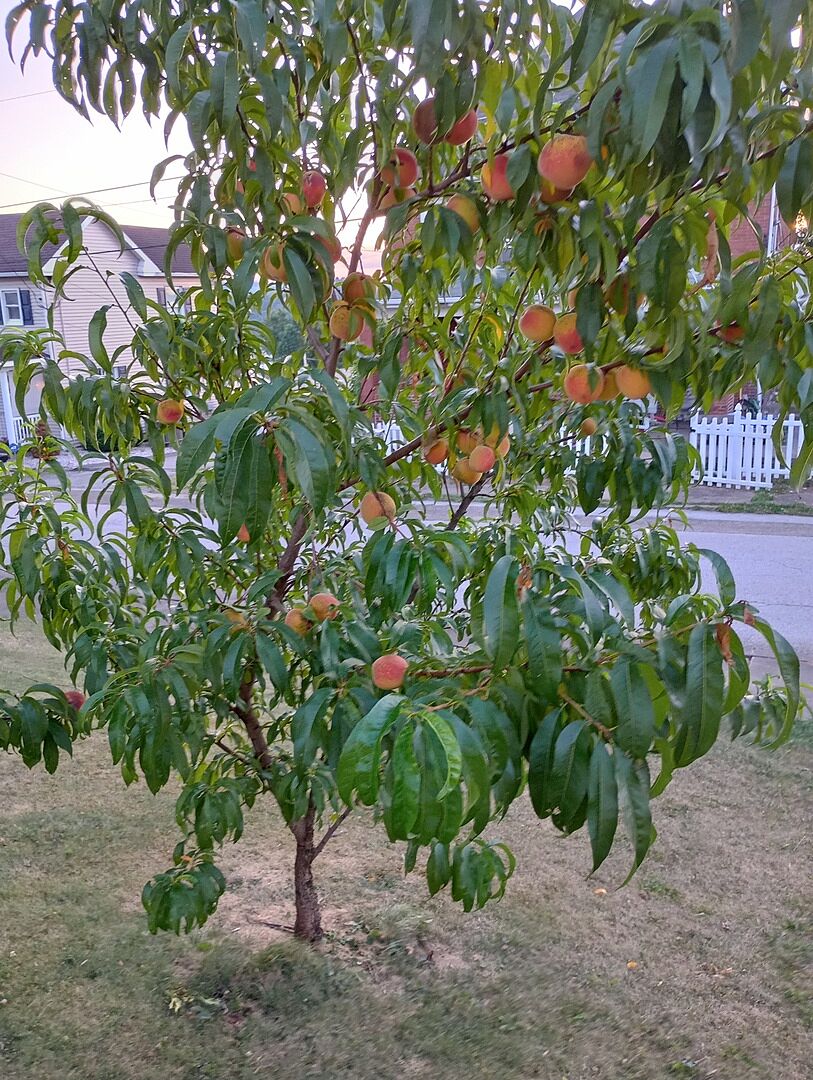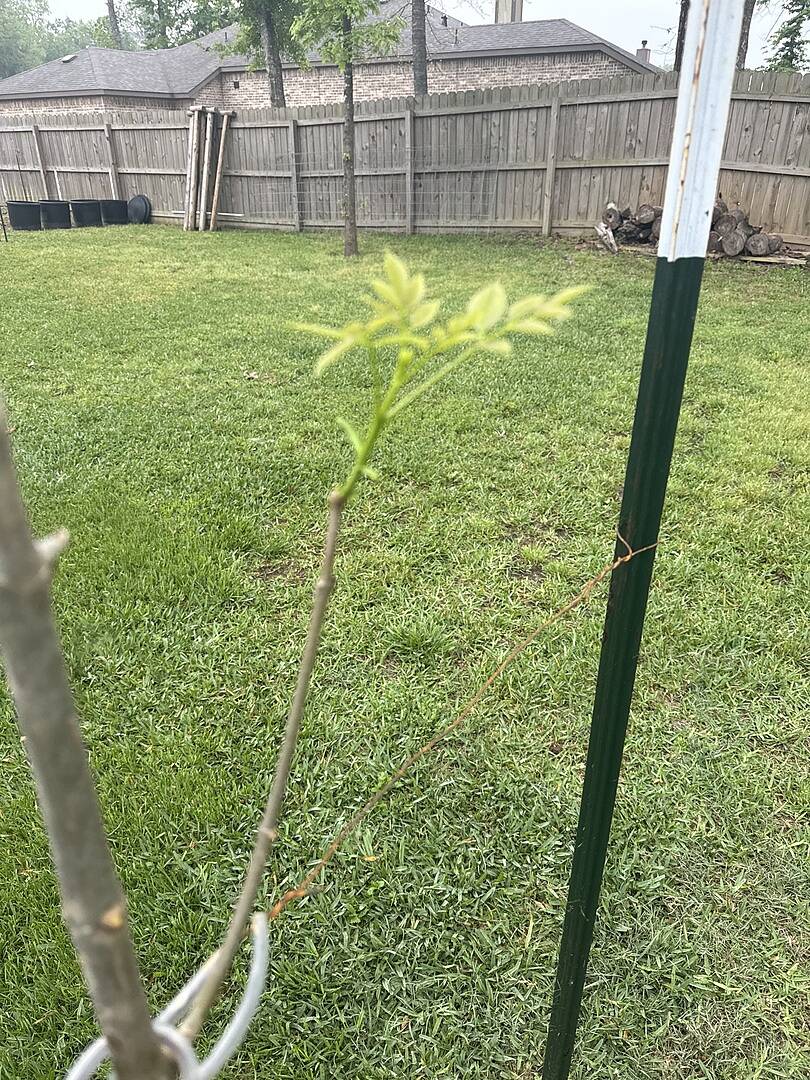Popular Types of House Plants

Last updated: Dec 20 2021

New to house plants or want to upgrade your indoor space this winter? We’re sharing our guide to some of the most popular varieties. Take a look below!
Where Do House Plants Come From?
Most house plants are part of the araceae family, otherwise known as the arum or aroid family. Comprising more than 3,000 species, most of these plants were discovered in the tropics or subtropics, often in Asia, Indonesia, and the Pacific Islands.
It may be surprising that so many house plants - many of which we’re very familiar with in our indoor spaces - come from lush, international locales. Their tropical origin actually makes them perfect for use as house plants because they’re accustomed to growing under canopies of taller trees, so they thrive in shady homes or offices, even with limited brightness from a window or growing light.
What’s more, tropical plants add an exotic flair to your home. Their leaves range in size from large to small and appear in a variety of colors and patterns. Some may also develop holes and lobes that can be quite complex. They’re also evergreen, and many are herbaceous (without woody parts), meaning they stay vibrant throughout the year.
Tropical plants also prefer conditions that mimic those of their native jungles, including warmer temperatures, high humidity, moisture, and well-draining soil. So, while you may have to ensure your plants are receiving enough moisture, you likely already keep your home warm and humid during the dry, cold winter months.
Top Types of House Plants
Although many house plants are in the same family, most are not similar in appearance and care requirements, so it’s important to pick ones that fit your specific needs. Here’s some of our favorites to consider:
Monsteras
Only two types of the 45 species of Monstera are commonly available as house plants: Monstera Deliciosa and Monstera Adansonii (pictured below). These bright green plants are known for their leaf holes, earning the species the nickname, Swiss Cheese Plant. Though Monsteras are climbing vines in the wild, they’re usually grown as stand-alone or trailing potted plants indoors.
Many other varieties of Monstera are available as house plants, but are typically considered more rare since they’re not widely cultivated. Monsteras are a great addition to your house plant collection because they’re easy to cultivate, visually appealing and forgiving for beginner gardeners!

Philodendrons
Philodendrons are green vines that produce leaves in a variety of patterns and shapes. With more than 450 species around the world, these fast-growing plants are ideal for low-light spaces - like offices or dens - because they thrive without much sunlight. They’re also epiphytes, meaning they grow on top of other plants (though they don’t have to).
For specific Philodendron recommendations, try out the Birkin Philodendron (pictured below) or Xanadu Philodendron ‘Winterbourn’ varieties.
Do note that Philodendrons are toxic to humans and pets, so place them accordingly.
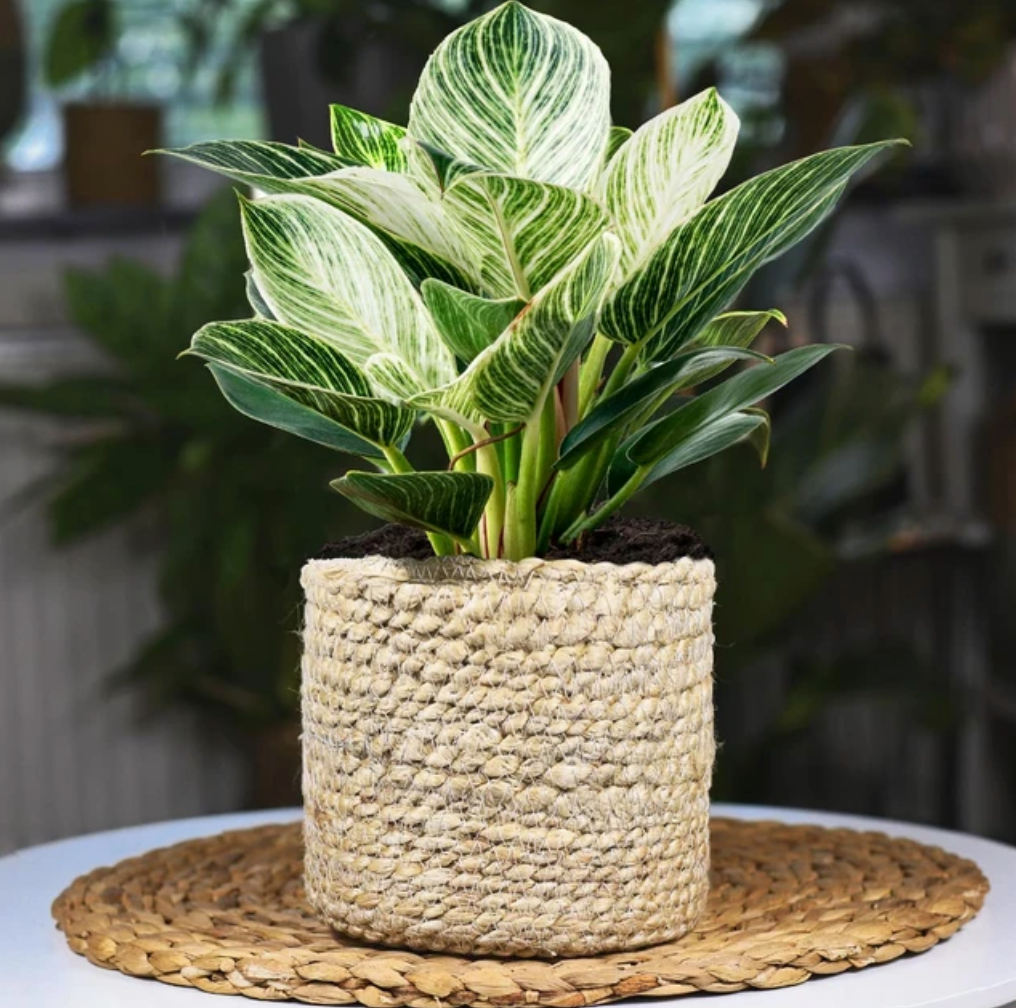
Pothos
Similar to Philodendron is Pothos, a plant with a natural drape of its vines filled with shiny, waxy mid-sized leaves. Pothos plants are low maintenance and quick to grow, but they’re also toxic to pets, so use caution when placing them in your home. The Golden Pothos (pictured below) is one of our favorite varieties for eye-catching, room-brightening, cascading growth!

Colocasias
Often called Elephant Ears, Colocasias have large, matte leaves with a round, downward-pointing shape. Similar to and often confused with their close relative, Alocasias, Colocasia leaves are attached differently to their stems. Colocasia stems connect to the center of their leaves like an umbrella connects to its handle, and their leaves tend to point downwards, whereas Alocasia leaves tend to point upwards or horizontally.
Colocasias like ‘Hilo Beauty’ (pictured below) make beautiful house plants and require full sun to grow. And they tolerate wet soil. Also, a fun fact is that the Colocasia’s root is a popular vegetable, called taro, in some parts of the world.

Alocasias
Comparable to the Colocasia in appearance, Alocasias have glossy, waxy leaves with prominent veins. However, these arrow or heart-shaped leaves often point upwards - not downwards - and are attached at the end of the leaf, not the center. What’s more, Alocasias prefer bright partial sun, rather than full sun, and are toxic to pets and humans if consumed.
For specific Alocasias, check out Black Velvet (pictured below), Tiny Dancer or Mickey Mouse, which are all unique and reliable varieties to add to your collection.

Calatheas
Calatheas are known for their unique leaf markings. Bright green and cream-yellow on the tops, these leaves roll out from the center of the plant and sport a red-purple undercolor. Another unusual feature of the Calathea leaf is its movement: its leaves fold up at night and roll out during the day, earning it the nickname, Prayer Plant.
The unique Calathea tends to be better for experienced gardeners. The plant prefers filtered light and its watering and humidity need to be consistent for its finicky foliage.
Check out the Medallion, Makoyana, Ornata (pictured below), Dottie or Freddie varieties, in particular, and enjoy their bright, variegated leaves and small statures.

Schefflera
Known as the Umbrella Plant, the Schefflera grows its divided, fan-like leaves from the center of each stalk, like the spokes of an umbrella. Its deep green leaves - sometimes variegated with yellow or other colors - add effortless drama to your house plant collection.
If grown outdoors or in a container, Schefflera can become trees, growing up to 50 feet tall. However, they’re also available as dwarf varieties. They also don’t need a lot of light or maintenance, so they’re perfect for offices or gardeners that prefer easy-care plants.
The Dwarf Umbrella Tree (pictured below) or Variegated Dwarf Umbrella Tree are both great Schefflera options to add to your indoor or outdoor space!

Ficus
The Ficus family of plants is very diverse, running from the large-leafed Fiddle Leaf Fig to the smaller Benjamina Ficus. What all Ficus have in common is their glossy, leathery-textured evergreen leaves. These slow-growing plants also have flexible wood trunks that can be braided or shaped as they grow.
Ficus tend to grow into trees, so they’re ideal for containers. At the same time, they’re toxic to pets and humans, and also a bit picky about their climate. So, be sure to place your Ficus in an area away from vents and drafts that may cause sudden temperature fluctuations, as a stressed Ficus is prone to losing its leaves.
Other Ficus varieties to try include the Rubber Plant, Ficus Ruby and Ficus Alii Braid Plant (pictured below).

Zamioculadoieae
Often abbreviated as ZZ plants, Zamioculadoieae plants produce shiny leaves ranging in color from bright green to a very deep, almost black, green. These evenly-spaced leaves have an upward growth pattern.
One of the easiest house plants to grow, the ZZ Plant can withstand a lot of neglect. Unlike similar plants, it also doesn’t need humidity to thrive. Plus, its flat, glossy leaves and small size provide endless decorating possibilities! And the Raven ZZ (pictured below) is equally as special with deep purple–black, leathery leaves.
As a note, all parts of these plants are toxic to pets and humans, so use care when planting and handling them.

Dieffenbachia
Dieffenbachia plants are known for their large, speckled leaves, perfect for adding interest to any space in the home. These plants grow in a mounting pattern, so they tend to stay slender and tall, rather than expanding outwards. Ideal for low-light spaces, these species have limited sunlight needs, making them easy to care for.
They also come in different colors and variations, so you can choose the style that suits you best. Try out Tropic Snow (pictured below) for vibrant green color with flecks of bright white for a beautiful, island-inspired feel.

Croton
Unlike most plants on this list that are primarily green, Croton plants - in the Euphorbiaceae family - are known for their mix of red, orange, green, yellow, and purple leaves. A single large, glossy leaf, for instance, may be decorated with pink, yellow, orange, and green. Some Croton varieties also have twisted leaves for added interest.
This slow-growing house plant prefers a consistent temperature, and when affected by drafts and vents, it may drop its leaves. When the plant’s environment becomes more predictable, however, its leaves will grow back.
For specific Croton recommendations, check out Croton ‘Petra’ (pictured below) or Croton Mammy Plant, which will elevate your home with striking color and tropical elegance.

Snake Plants
Very hardy and forgiving for new growers, Snake Plants are known for their long, succulent leaves that rise up directly from the soil. Ranging in color from solid green to green with stripes or variegation, the Snake Plant is sometimes referred to as “Mother-in-Law’s Tongue” for its pointed end. It’s also related to asparagus, but you shouldn’t eat it since it’s toxic to humans and animals.
What’s more is that the length of these leaves vary in height and width, so you’ll want to choose your variety based on where you’re going to place it in your home. Our Snake Plant (pictured below) is a great choice because it requires little water and thrives on neglect - it doesn’t get much easier than that!

Dracaena
Dracaena plants look something like a small palm tree with their flexible, shiny blades sitting atop woody stalks with bamboo-like color and texture. Notably, these leaf blades aren’t always green, and range in variations and colors like white and yellow. Dracaena plants vary in size from large and tree-like to smaller and compact. Though these plants grow in bright to low light, they prefer bright, indirect light.
Try out the Dracaena Corn Plant, the Braided Madagascar Dragon Tree, or the Dracaena Bi-Color Braided Plant for rich, lush color that your house will love!

Choosing the Right House Plant for You
Though many house plants come from the same species, they’re anything but similar. From colors and appearances to planting and care guidelines, each one is distinct. So, it’s important to choose the right plant based on your needs as a gardener. To do that, you’ll want to consider a few things.
First, think about look, color, and contrast with your existing plant collection so that you can create an aesthetically pleasing display. Next, decide where you want to keep your plant, as some do better than others in certain light conditions and climates. Finally, identify how much time you want to spend caring for your new greenery. Some house plants are low maintenance, while others are more particular.
No matter your needs and preferences, there’s a house plant for you - it’s just a matter of choosing between all the options! If you’re debating between the merciful Monstera or the fussy Calathea, FastGrowingTrees.com can lead you in the right direction - and help you cultivate a strong, resilient house plant to enjoy for years to come. Check out our full House Plants Collection and get planting!

Written by
Sarah Logie
As Content Strategist at FastGrowingTrees.com, Sarah is smitten with words and a fanatic for flowers, particularly cut florals and house plants. With a love for curating compelling content, she also enjoys furthering her plant knowledge along the way! A few of her favorite flowers include hibiscus, hydrangeas, peonies and dahlias.
Sarah’s fondness for plants was cultivated through many childhood trips to Longwood Gardens in southeastern Pennsylvania, as well as through her first job out of college at a floral event design company. In her free time, catch her snapping photos of anything and everything, day-dreaming about interior decor, and enjoying the outdoors any chance she gets.
Featured Product

Golden Pothos
61 reviewsStarting at $29.95





















